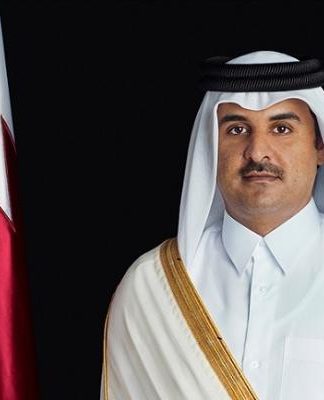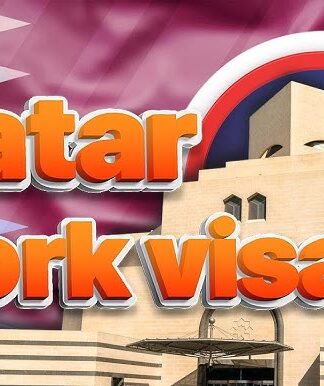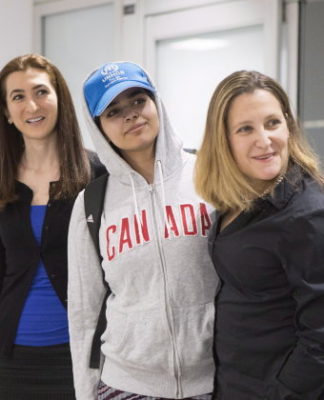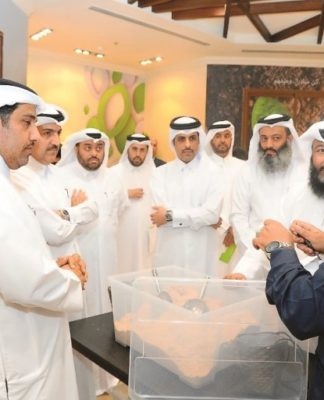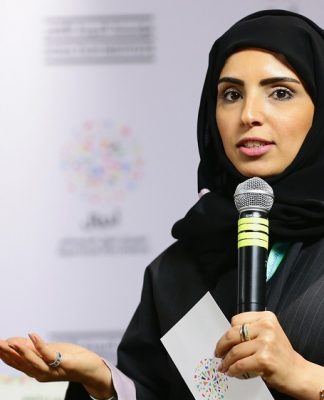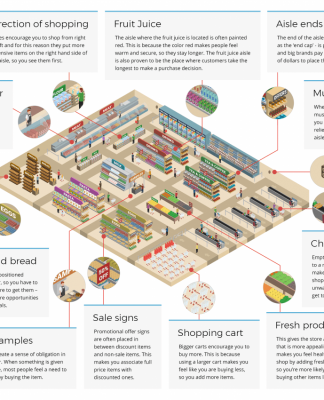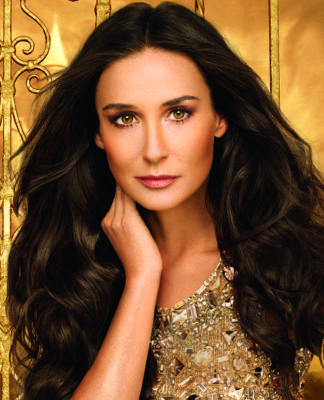Divorce rates have increased by 71 per cent among Qatari men over 15 years, an expert has said.
According to Mohammad Ali Akbeed, a population expert at the Ministry of Development Planning and Statistics, 471 Qataris applied for divorce in 2000, but the number grew to 807 in 2015.
The expert was addressing a panel of representatives from seven government agencies and civil society organisations during a discussion on reasons and consequences of divorce in the Qatari society.
“We now have to deal with really frightening numbers,” Ahmad Al Buainain, a family and social activist, said.
“In the 1990s, we had five or ten divorce cases before the courts, but now the figures are much higher and frightening and divorce has become a real worry for families and society in general. We do need quick solutions and proposals from experts in order to protect ourselves,” he said, quoted by Qatari daily Al Raya on Thursday.
Al Buainain said poor choices of spouses topped the list of the causes of divorce in Qatar, followed by the incompatibility of the spouses.
“This incompatibility could be the huge difference in their ages, academic levels, financial status or social position,” he said.
“Other major reasons for divorce are more women are working today, the absence of contacts before the marriage and the insistence of parents on their son or daughter marrying a relative, even though there is no chemistry between them.”
In his presentation, Al Buainain said that women could cause the collapse of their marriage by making too many demands from their husbands, disrupting their harmony and undermining their concord.
“The relentless interference of family members, especially parents, in the affairs of the spouses is also another cause of divorces. We also have several marriages that suffered from overspending on lavish wedding ceremonies that ended up leaving the groom in deep debts and in deeper woes that affected their morale and their bon-vivant characters,” Al Buainain said.
Some marriages ended in divorce because the spouses were not adequately prepared for married life and lacked the skills to deal with all kinds of situations.
Within the social traditional constraints that are heavily felt by all, Qatari families tend to favour marriages between relatives, often cousins of the first or second degrees.
A recent research put consanguineous marriages in Qatar at 35 per cent, at 25 to 42 per cent in Saudi Arabia and at 21 to 28 per cent in the UAE.
According to Al Buainain, the rate of divorce in marriages between cousins of the first degree was 19 per cent and between of the second degree at 17 per cent.
Divorce rates between Qataris who are not cousins were 64 per cent, he added.
In September 2008, Qatar made premarital check-up for genetic, infectious and chronic diseases mandatory.
Under the family law, the marriage contract is invalid without the certificate that the medical check was carried out.
A report by the Ministry of Development Planning and Statistics has revealed that divorce rate among citizens declined by 24 per cent from 2009 to 2015.
It showed that the divorce cases in 2015 reached 807 among Qatari males and 706 among females.
Moreover, divorce among Qatari women fell from 10.4 per cent in 2009 to 7.9 per cent in 2015, while for Qatari men, it dropped by 22.3 per cent during the period 2009-2015 from 12.1 per cent in 2009 to 9.4 per cent in 2015.
The Chairperson of Administrative Registration at the Ministry, Muhammad Ali Akeeibad, while presenting the report highlighted that divorce cases occurred in Al Rayyan Municipality with 43.3 per cent of the total cases, followed by Doha Municipality (29.2 per cent), Al Wakra (5.9 per cent), Umm Salal (5.2per cent), Al-Sheehaniya (4.5 per cent), and the rest of the municipalities (Al-Khor, Al-Shamal, Al Dhaayen) by 4.3percent, as reported by The Peninsula.
He showed that the maximum number of Qataris’ divorces occurred in Al-Rayyan Municipality with 50.7 per cent, followed by Doha (25.9 percent), Al-Sheehaniya (7.1 per cent), Umm Salal (6.4 percent ), Al-Wakra (5.2 per cent ), the rest of the municipalities (Al-Khor, Al-Shamal and Al-Dhaayen) 4.6 per cent.
Further,the non-Qataris’ divorce declarations are mostly concentrated in Doha Municipality (40.4 per cent ), followed by Al-Rayyan (35.8 per cent), Al-Wakra (8.4 per cent), Umm Salal (3.8 per cent ), Al-Khor (2 per cent), and the rest of the municipalities (Al Sheehaniya, Al-Shamal and Al Dhaayen) 2.4 per cent.
As a matter of fact, the programme was divided into four main segments – first segment comprised of ‘Divorce problem in Qatar and reasons behind it’, second segment related to ‘Islamic Rules in order to stop divorce’, third segment was about ‘rules which should be spread in community for the importance of family’ and the fourth and last segment was about ‘the rules that media and social organisations should implement to rebuild the families.’
According to Nasser AbdulAziz Al Mogaiseeb, the pioneer of youth activities and of the organisers of the seminar note that the seminar aims to highlight all the issues the Qatari youth faces and find a suitable solution to the problems.
He added that more than 80 people attended the seminar and gave 20 recommendations this year, which included conducting a special course for the youth before marriage.
Furthermore, the report indicated that divorce cases were higher among Qatari spouses in the age group of 20 to 29 years, amounting to 42 per cent of total Qatari divorce cases by age-group, followed by the age-group 30 to 39 years, amounting to 31.2 per cent, reports The Peninsula.
It was revealed that the lowest divorce rate was in the age group of under 20 years, reaching 0.1 per cent owing to the smaller number of married couples in this age group.
















